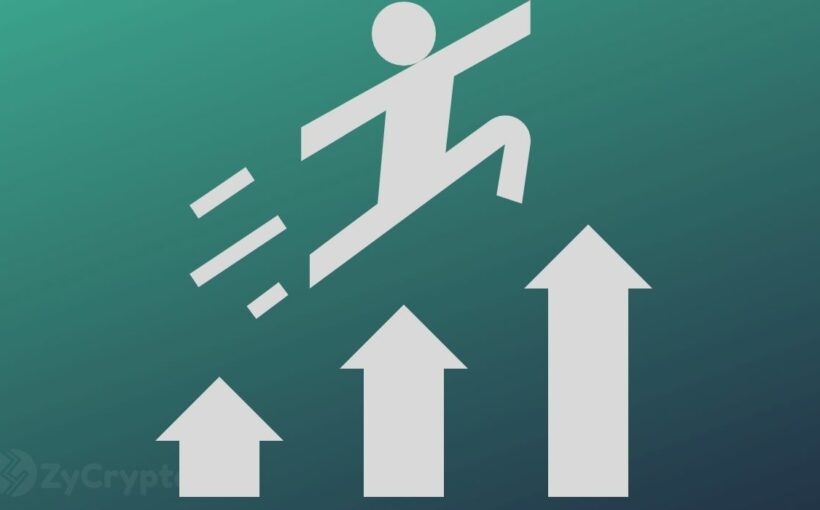Memecoins have made a name for themselves in the cryptocurrency market over the years. These assets are known for their meteoric rise to the top, after gaining popularity over a period of time, usually from a flock of prominent investors, a determined group of retailers, or celebrities. Typically, all meme coins start out as a joke, with their structure having little to no fundamental backing.
The foundation of meme coins
Unlike assets like Bitcoin and Ethereum whose creation is solely tied to their innovative features, meme coins simply have no futuristic value as far as innovation is concerned.
Even though a lot of Bitcoin’s market value and the respect it commands comes from the perceived impact it can make, meme coins are easily thriving in the cutthroat market of digital currencies, without being held to the same standards as their counterparts.
This year alone, the market has witnessed the rise of Dogecoin, which had recorded massive gains in the past. Despite receiving major criticism from the market, Dogecoin has inspired the birth of Shiba Inu and Safemoon, amongst others who claim to be the “Doge killer”. Clearly, there seems to be a market for meme coins, but their survival in the market remains debatable.
Where are meme coins headed in the long term?
Memecoins are headed anywhere in the future. If this year has revealed one thing about these sets of assets, it is the fact that anyone can take interest in these assets, solely because they are not branded as “serious assets.” Elon Musk and Popular Tech YouTuber Marques Brownlee had both traced their interest in Dogecoin to the assets’ lack of structure.
The disinterest in Dogecoin creators to position the asset as a “big deal” has somehow made Dogecoin the coin for the people, as Musk calls it.
With the influence of retail traders in the market and the trend to dismantle bigger corporations from becoming widely adopted in 2021, many market players are on the lookout for the new kid on the block, which could turn out to be the next big thing in the long term, regardless of the absence of fundamental value.
Marques Brownlee does a decent job of attempting to explain why the likes of Dogecoin have become relevant, saying;
“DogeCoin seems like it’s caught on because it started as a joke and now people are taking it seriously. Kind of as a joke, but kind of for real.”
The theory behind the rise of meme coins has been credited to the fact that they are less intimidating and more accessible simply because they are not marketed as seriously as other cryptocurrencies that intend to create a huge wave in the market.
While it is possible that the market could welcome more meme coins in the future, the competition is bound to increase, and whichever asset fails to keep up —as far as sustaining demand is concerned—investors might risk losing greatly, as trading volume is bound to crumble significantly.
On the flipside, with big players like Elon Musk looking to develop Dogecoin going forward, meme coin could build a reputation of starting out as a random asset, and find their relevance in the long run, depending on internal and external interest recorded overtime. For meme coins, there is as much potential as there are risks. Meme coins thrive on uncertainty and fall off the track for that same reason.
Source: Read Full Article

